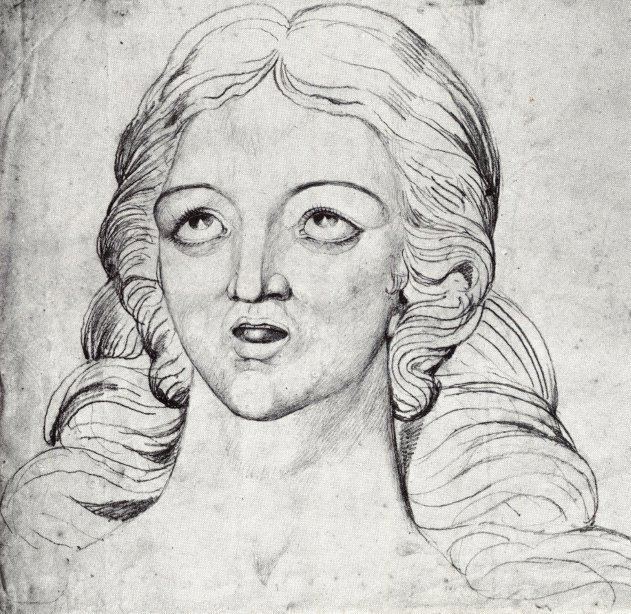 | ||
William Blake artwork William Blake's illustratio, Nebuchadnezzar, A Vision of the Last Judgement, The Ghost of a Flea, The Night of Enitharm | ||
Dmitri n smirnov visionary heads
Тhe Visionary Heads is a series of black chalk and pencil drawings produced by William Blake after 1818 by request of John Varley, the watercolour artist and astrologer. The subjects of the sketches, many of whom are famous historical and mythical characters, appeared to Blake in visions during late night meetings with Varley, as if sitting for portraits. The drawings are contained in three sketchbooks and there are a number of loose leaves indicating the existence of a fourth sketchbook. Like most of Blake's other works, they have been subject to academic scrutiny and study.
Contents
- Dmitri n smirnov visionary heads
- The visionary heads temple of love the sisters of mercy cover
- Background and context
- Description
- The Small Blake Varley Sketchbook
- The Large Blake Varley Sketchbook
- The Folio Blake Varley Sketchbook
- Loose Visionary Heads
- Visionary Heads in music
- References
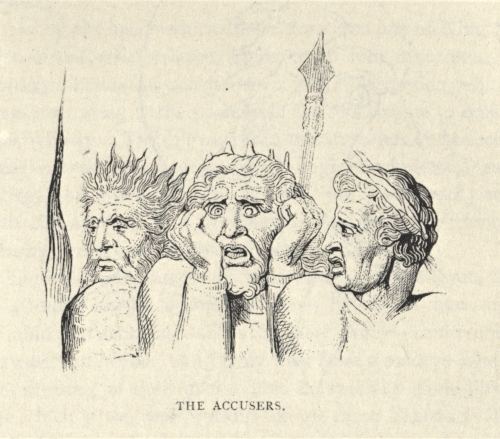
Among the Visionary Heads drawn by Blake are David, Solomon, Uriah & Bathsheba, Nebuchadnezzar, Saul, Lot, Job, Socrates, his wife Xantippe, Julius Caesar, Christ, Muhammad, Merlin, Boadicea, Charlemagne, Ossian, Robin Hood, Caractacus, King Edward I, his Queen Eleanor, Black Prince, King Edward III, William Wallace, Wat Tyler, Roger Bacon, John Milton, Voltaire, as well as Devil, Satan, "Cancer", "The Man Who Built the Pyramids", "The Portrait of a Man who instructed Mr Blake in Painting &c in his Dreams", etc. The most famous of that series is Blake's painting of The Ghost of a Flea, made after the "Visionary Head of The Ghost of a Flea".

The visionary heads temple of love the sisters of mercy cover
Background and context
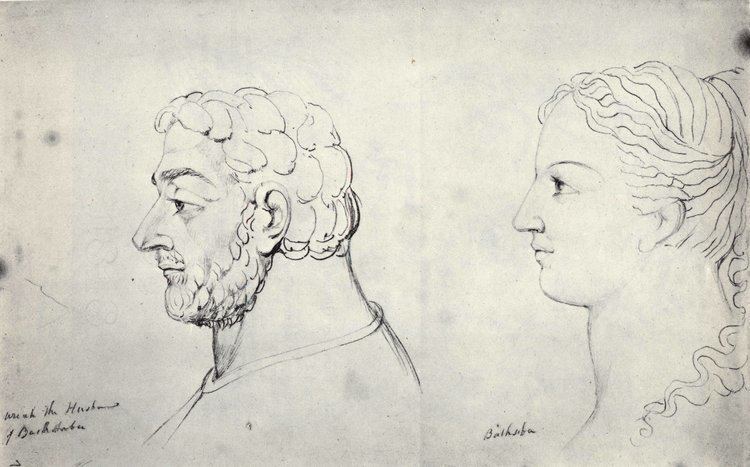
William Blake claimed to have seen visions from his young age throughout his life, and in these visions he was visited by many spirits of people from the remote past as well as by his deceased friends from whom he received his inspiration for his poetry and painting. He also believed he was personally instructed and encouraged by Archangels to create his artistic works, which he claimed were actively read and enjoyed by the same Archangels. In 1800 he wrote: “I know that our deceased friends are more really with us than when they were apparent to our mortal part. Thirteen years ago I lost a brother, and with his spirit I converse daily and hourly in the spirit, and see him in my remembrance, in the region of my imagination. I hear his advice, and even now write from his dictate.”

In September 1818 the successful young painter John Linnell, one of the best friends and kindest patrons of William Blake, introduced to Blake his former teacher John Varley. Varley was fascinated by Blake’s accounts of his visions, thinking that they came from the spirit world of astrology. He persuaded Blake to draw the images of these visions in his presence to illustrate his "Treatise on Zodiacal Physiognomy", published in 1828, after the death of William Blake.
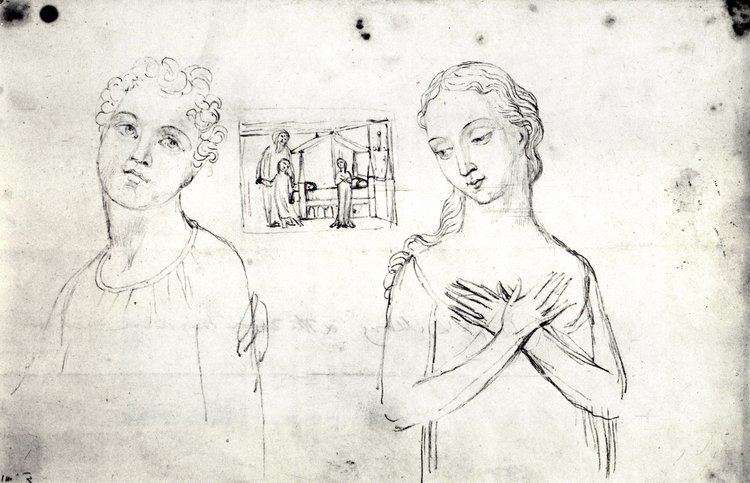
In 1819-20, Blake and Varley would often meet at Varley's house, and from about 9.00 pm until 5.00 am, play a game in which Varley would suggest Blake attempt to summon the spirit of some historical or mythological person. On the appearance of the spirit, Blake would then attempt to sketch their likeness. These drawings of which many remain, are the "spiritual images" of many very well known people of the past, whom Blake claimed to see in visions that he experienced during these sessions.
Blake's biographer Alexander Gilchrist describes the meetings in the following manner:
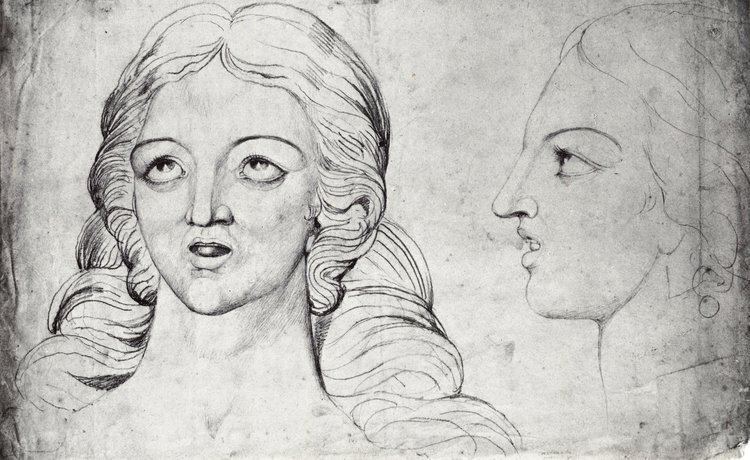
"Varley would say, 'Draw me Moses,' or David; or would call for a likeness of Julius Caesar, or Cassibellaunus, or Edward the Third, or some other great historical personage. Blake would answer, 'There he is!' and paper and pencil being at hand, he would begin drawing, with the utmost alacrity and composure, looking up from time to time as though he had a real sitter before him; ingenuous Varley, meanwhile, straining wistful eyes into vacancy and seeing nothing, though he tried hard, and at first expected his faith and patience to be rewarded by a genuine apparition. A 'vision' had a very different signification with Blake to that it had in literal Varley's mind. Sometimes Blake had to wait for the Vision's appearance; sometimes it would not come at call. At others, in the midst of his portrait, he would suddenly leave off, and, in his ordinary quiet tones and with the same matter-of-fact air another might say 'It rains,' would remark, 'I can't go on,—it is gone! I must wait till it returns;' or, 'It has moved. The mouth is gone;' or, 'he frowns; he is displeased with my portrait of him:' which seemed as if the Vision were looking over the artist's shoulder as well as sitting vis-à-vis for his likeness. The devil himself would politely sit in a chair to Blake, and innocently disappear; which obliging conduct one would hardly have anticipated from the spirit of evil, with his well-known character for love of wanton mischief."
Sometimes these sessions were in the nature of public events, as Bentley noted: "These midnight seances attracted the attention of many who otherwise would have ignored Blake, and a surprising number of lurid accounts were published about them – accounts which may, however, be substantially true. At least they are fairly consistent both with each other and with the inscriptions on the Visionary Heads themselves."
John Varley left his account of these sessions that took place almost nightly, recording some dates and circumstances of the evenings. He made a lot of detailed inscriptions below or on the back of Blake’s drawings that help to classify them. He also created two lists known as “Varley’s lists of Visionary Heads” (A & B) where he specified about 90 titles (some of them repeated) of “Portraits Drawn by W. Blake from Visions which appeared to him & Remained while he completed them…” John Linnell, who also was involved in these events and copied many of Blake’s "Visionary Heads" to engrave them later for Varley’s “Treatise”, wrote his own account and views on this subject in his “Journal” and “Autobiography” (fully cited by Gerald Eades Bentley Jr. in his “Blake Records”, see in the Bibliography below). In the opinion of the Blake scholar Sir Geoffrey Keynes:
“Varley took this curious pastime a great deal more seriously than did Blake. To the latter it was a satisfaction to employ his faculty of vivid memory and imagination in the production of interesting characterizations of a variety of people... Blake sometimes drew them with such conviction that Varley seems to have regarded them as actual portraits."
Another Blake scholar, Kathleen Raine, expressed her opinion thus:
"At last, in Varley, Blake had a friend who did not consider his visions ‘mad’. Varley was an astrologer, and apparently a highly professional one. Skeptical Gilchrist admits that his predictions were astonishingly accurate. He was evidently also a student of other esoteric subjects, and it was under his in his encouragement and in his company that Blake was encouraged to draw (in a light-hearted spirit, as it seems) those strange ‘spirit heads’. One is again reminded of Swedenborg, who conversed with spirits of departed almost as an everyday matter. These drawings – less imaginatively inspired, be it said, than Blake’s more serious work – have a more-than-lifelike quality which bears witness, at least, to astonishing power of visual fantasy.".
Description
John Varley provided Blake with a number of sketchbooks of different sizes for the purpose of making the drawings, the so-called "Blake-Varley Sketchbooks" (BVS). Collectively, scholars have identified three sketchbooks in which the drawings were contained. Two have been recovered by collectors, and the third has yet to be discovered, though clear records from the period and individual pages attest to the sketchbook. Other unbound sketches have been identified as well, some of them removed from one of the sketchbooks, while others may have been loose since Blake's production of them.
In addition, there are many Loose Visionary Heads made of separate sheets of paper. Some of them survived only in copies made by John Linnell. Though many other pictures were documented by Varley and Linnell, they have not been discovered and possibly are lost forever. Among these lost are the visionary heads of King Alfred, Cleopatra, St. Dunstan, Edward IV; Eleanor (Queen of Edward I), Guy Fawkes, Henry I of England, Henry II of England, Hezekiah, Macbeth, Lady Macbeth, Founder of the Pyramids, Richard III, David Rizzio, Richard Duck of Normandy, Robert Duck of Normandy, King Rufus, Semiramis, William Shakespeare, and Wild Thyme.
The "Blake-Varley Sketchbooks":
The Small Blake-Varley Sketchbook
The sketchbook (c. 1819, Butlin #692, now broken up) that was lost to sight for almost a century was acquired in 1967 by Mr D. E. Clayton-Smith and then described and reproduced in 1969 by Martin Butlin (see Bibliography). This is an album 155 x 105 mm with the watermark 1806 that contains at least 36 pictures attributed to Blake, including:
plus a few unidentified figures.
The Large Blake-Varley Sketchbook
The Sketchbook was sold by Christie's (London) to Mr. Allan Parker. All designs were reproduced in Christie's catalogue 21 March 1989. This is an album 254 x 203 mm with the watermark: C. BRENCHLEY 1804. The leaves were foliated 1-89? and later 22 leaves were razored out and them some of them replaced; this is why the suggested numeration is quite sophisticated. The album contains more than 60 of Blake's pictures including:
The Folio Blake-Varley Sketchbook
The folio size Blake-Varley Sketchbook has not been discovered in whole. However, three loose pages with the visionary heads of Pindar, Corinna and Lais are extent. The available images are from a 42 x 27 cm album with the watermark: W TURNER & SON.
Loose Visionary Heads
There are more than 50 loose visionary heads including:
etc.
